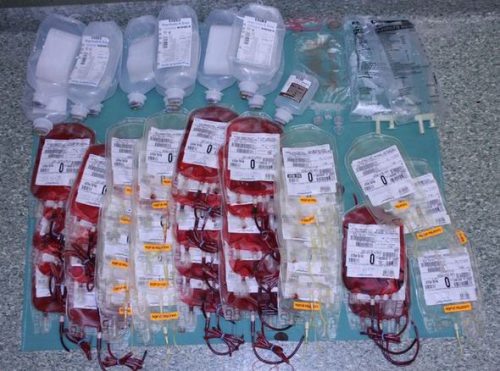Worldwide, the population is aging. Currently in the US, about 1 in 8 people are considered elderly (age >= 65). In 15 years, this number is expected to double to 1 in 4.
But as every trauma professional knows, there are the elderly, and then there are the elderly. What do I mean by this? I’ve seen 50 year olds who look and act like they are 80, with a medication list 10 deep. And I’ve also seen 90 year olds who are still ballroom dancing with the ladies.
Can we tell these cohorts apart, and do we need to? Sure, you can apply the “eyeball” test, but it’s not always accurate. Well, there are a number of frailty indexes that have been developed that try to make this process a bit more objective. The trauma group in Tucson looked at frailty index as a predictor of hospital disposition to see if it could offer any assistance in discharge planning.
Here are the factoids:
- 100 consecutive patients aged 65 or more were studied over a one year period at a Level I trauma center
- Frailty was calculated using the Canadian Study of Health and Aging Frailty Index, using 50 of the demographic, comorbidity, medication, social history, activities of daily living, and general mood variables
- Overall, patients had moderate injury with average ISS 14, AIS-Head 2, and GCS 3
- 69% of patients had a favorable outcome (discharged to home or rehab) vs 31% unfavorable outcome (skilled nursing facility or death)
- Frailty index was highly and significantly correlated with unfavorable outcome
- Age 65 or more alone was not predictive of unfavorable outcome
Bottom line: Just the fact that a patient is older does not mean that they are more likely to do poorly. The frailty index (FI) used in this study includes 50 variables, which indicates how complex this concept is. This scale has been used in non-trauma patients, and is now validated for trauma. Although somewhat complicated due to the sheer number of variables, it appears that this tool may be valuable in predicting discharge disposition if applied soon after admission. And it also raises the interesting question of whether hospital interventions may be able to change a predicted unfavorable outcome into a favorable one.
Reference: Predicting hospital discharge disposition in geriatric trauma patients: is frailty the answer? J Trauma 76(1):196-200, 2014.


